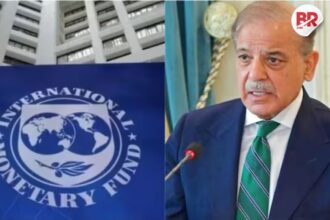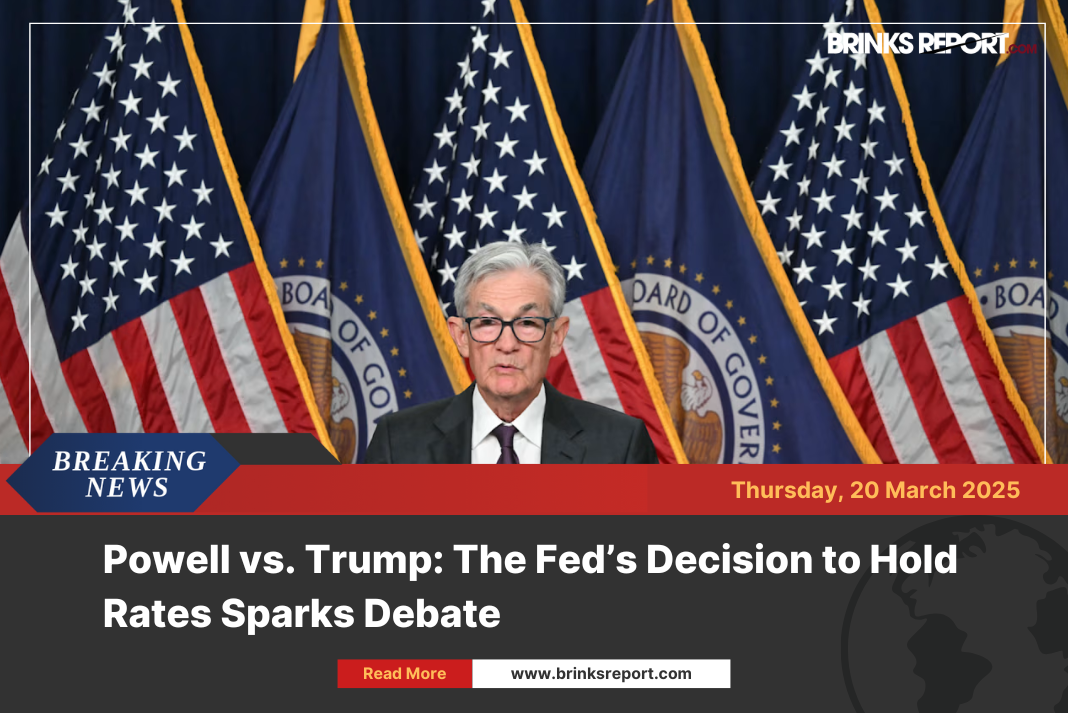
India’s inflation rate in March 2025 held steady at 3.34%. No spike. No crash. Just a calm, cool plateau.
Sounds great, right? Until you walk into your neighborhood store and see that onions are auditioning for luxury item status and a pack of Parle-G feels like it should come with a credit check.

What Does This Mean for the Average Person?
On paper, steady inflation suggests price stability. But real life? That’s where the punchline hits.
See, inflation staying at 3.34% doesn’t mean prices are falling. It just means they’re not rising as fast as before. It’s like saying the fire is no longer spreading—it’s just burning where it already burned everything down.
For most people, salaries haven’t grown at the same pace as prices. Essentials still cost more than last year. And no, your rent doesn’t care what the RBI says.
It’s a Slow Roast—Not a Flash Fire
To make this fun (because numbers can be dry as toast), let’s break it down:
Imagine your money is a biscuit. Inflation is your chai.
- In 2023, you dunked it too long, and it crumbled fast—high inflation.
- In March 2025, the dunk is longer, sure, but your biscuit’s still shrinking. That’s what “steady” inflation feels like.
Why’s this happening? Mainly, food and fuel prices have been yo-yoing, with global factors like oil prices and climate change nudging things along.
According to India’s finance ministry, core inflation—excluding food and fuel—is actually falling. That’s a good sign, but it doesn’t help when you’re paying ₹90 for tomatoes.
Also Read: ‘Warning Signs Are Flashing’: Trump Tariffs Threaten Inflation, Says Powell
RBI: The Party Planner With a Budget Knife
The Reserve Bank of India (RBI) has kept interest rates steady, hoping to balance growth without throwing a tantrum. But everyone’s waiting: Will the RBI cut rates soon to boost spending?
Some analysts think yes. Others think the RBI’s playing it safe until monsoon rains confirm whether crops will boom—or bust. You can’t plan a party if you don’t know how many guests are coming (or whether the rice will cost double).
For a more detailed breakdown of RBI’s inflation targets and strategies, check out this explainer from the Reserve Bank of India.
Shared Irony: The Steady Struggle
Here’s the irony:
You hear “inflation steady at 3.34%” and think, Ah, relief!
But the moment you fill your tank or check Swiggy delivery fees, you whisper, Lies. All lies.
That’s because stats are averages. And real people don’t live in averages—we live in extremes.
- That one meal out? ₹600.
- The ride to get there? Surge pricing.
- And your friend Venmo’d you half—two weeks late.
So yes, inflation may be “under control.” But that doesn’t mean you feel in control.
Also Read Retail Inflation Drops to 3.34% in March – Lowest in Nearly 6 Years
What Can You Do?
Here’s the not-so-funny but useful part:
- Track your expenses—apps like Walnut or Goodbudget help.
- Avoid impulsive EMIs—inflation may not rise, but interest payments still do.
- Plan for savings now, so that when inflation actually does drop, you’re not still catching up.
Also, stay informed. Follow updates from the Ministry of Finance and RBI’s monthly bulletins. Data is dry, but it’s powerful.
Inflation steady in March isn’t a bad headline. But it’s not a joyful one either.
It’s the economic equivalent of saying, “I didn’t gain weight this month”—while still eating instant noodles and wondering why your jeans scream.
Stay alert, stay curious, and maybe skip the Uber Eats tonight. Your wallet will thank you—even if the RBI doesn’t.
Also Read: Cliques, Conflict, and Climate Talks: Are World Leaders Just Mean Girls with Nukes?












